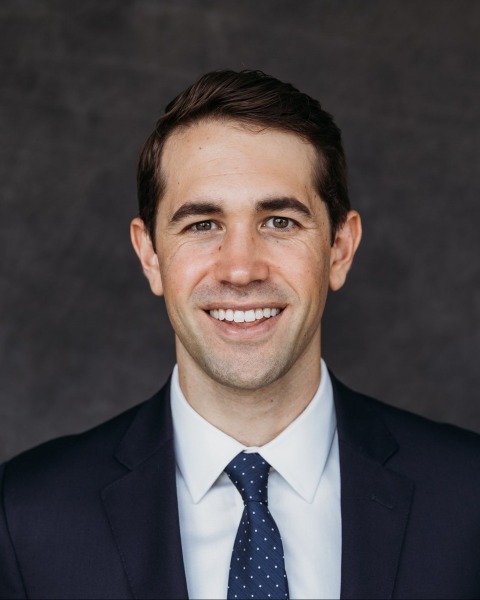Emergency Medicine
Session: Emergency Medicine 2 Works in Progress
WIP 128 - Reducing Glucocorticoid Use for Low-Risk Anaphylaxis in a Pediatric Emergency Department
Friday, May 3, 2024
5:15 PM - 7:15 PM ET
Poster Number: WIP 128
Publication Number: WIP 128.819
Publication Number: WIP 128.819

Michael A. Krak, MD (he/him/his)
Resident Physician
University of California, San Diego and Rady Children's Hospital San Diego
La Jolla, California, United States
WIP Presenting Author(s)
Background: Glucocorticoids (GCs) and first-generation antihistamines (AHs) have been a mainstay of treatment for patients presenting with anaphylaxis. The Joint Task Force on Practice Parameters published national guidelines for the management of anaphylaxis, which do not support the use of GCs to prevent biphasic anaphylaxis and discussed the improved side effect profile of second- versus first-generation AHs. At our institution, GCs are a frequently used adjunct and first-generation AHs have been preferentially used for mucocutaneous symptoms.
Objective: We are conducting a quality improvement (QI) project with the aim to decrease GC administration in children presenting to our pediatric emergency department (PED) without risk factors for biphasic anaphylaxis from 52% to 25% by December 31, 2023. Our secondary aim is to increase the percentage of second-generation AHs prescribed over first-generation AHs from 11% to 50%.
Design/Methods: Our institution's Institutional Review Board granted this study a QI exemption. We identified the baseline GC use for patients at low-risk for biphasic anaphylaxis from June 2022-March 2023. Charts were reviewed to identify risk factors for biphasic reaction, including hypoxia, hypotension, widened pulse pressure, needing more than 1 epinephrine dose, and reaction to a drug or unknown trigger. Our team created a key driver diagram to determine areas of intervention. Active Plan-Do-Study-Act cycle interventions include physician and nursing education; poster creation and dissemination; and a Discharge Smart Set. Planned interventions include updated an Order Set and provider-specific feedback. Outcome measures include the percentage of patients with low-risk anaphylaxis who receive GCs and are prescribed second-generation AHs. Our balancing measure includes PED or clinic visits within 72 hours for recurrent anaphylaxis. We are using statistical process control to evaluate changes in measures over time.
